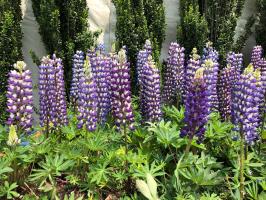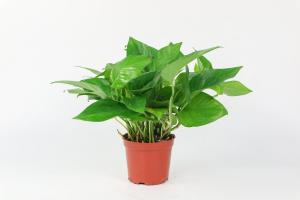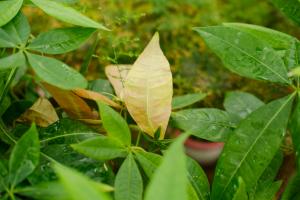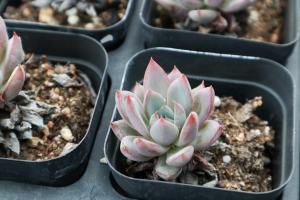Propagation method of horse chestnut
Seed collection
From the perspective of tall, plump and healthy fruit, the first choice is to choose seven kinds of mother trees with tall and full leaves. In mid autumn, the outer skin of Aesculus chinensis fruit changes from green to brown. When individual cracked fruits are observed, they can almost be collected. Dry in the shade after collection, and peel off the skin after the fruit naturally cracks. Choose a large, full, bright, healthy seed. Mix the picked seeds and wet sand evenly, with a ratio of about 1:3. Then, use the wet reservoir stratification method to store in a wet and well drained pit, and remember to leave vent holes

Nursery preparation
Neutral or slightly acidic sandy loam with fertile, deep and good drainage is selected as the seedling creeping ground. Deep ploughing shall be carried out two or three months in advance before sowing, impurities shall be removed, moisture shall be dried, and then the ground shall be carefully prepared to make the ground as flat as possible and the soil grain size uniform. According to the amount of 2500 kg per mu, the decomposed and fermented cow and horse manure is applied as the base fertilizer, and then the soil is disinfected with pentachloronitrobenzene.

Sowing method
For spring sowing, strip on-demand sowing can be carried out in late March, and 20cm can be used × The plant row spacing of 25cm is preferably 3-4cm deep. The seed navel should be planted downward, and then covered with soil for about 4cm. The surface of the same border should be flat, and finally gently compacted with feet

Post broadcast management
Keep the soil moist before germination and wait for about a month before excavation. When the seedling height is 25 cm, loosen the soil and weed in time, and inter seedling in rainy days. Keep the nursery moist during the growth period of seedlings. The high growth period of Aesculus Aesculus is from the excavation to the first ten days of June. At this time, the amount of watering should be increased; During the lignification period of poetry seedlings in July and August, the amount of watering needs to be reduced to promote the growth and lignification of ground stems of seedlings. Timely drainage shall be conducted in rainy season to avoid ponding for a long time, otherwise it will easily lead to plant root rot. In the management of seedling stage, urea can be applied in the fast-growing stage of seedlings, phosphorus and potassium fertilizer can be applied one month before the growth of seedlings stops, and a small amount of fertilizer can be applied for many times< span>


 how many times do yo...
how many times do yo... how many planted tre...
how many planted tre... how many pine trees ...
how many pine trees ... how many pecan trees...
how many pecan trees... how many plants comp...
how many plants comp... how many plants can ...
how many plants can ... how many plants and ...
how many plants and ... how many pepper plan...
how many pepper plan...






























